Wondering how to prevent injuries in your warehouse?
Warehouse safety is one of the most important aspects of running an efficient and successful facility. Whether it be a manufacturing plant, distribution center, or a 3rd-party-logistics operation, ensuring that warehouse safety protocols are implemented, and actively practiced, is of paramount importance to ensure the safe and efficient dealings of a warehouse facility. Implementing proactive warehouse safety protocols can also lead to less downtime due to equipment damage.
Here are some proactive warehouse safety tips to help maintain a safe, efficient and accident-free facility:
Implement Proper Equipment Maintenance and Inspections
Faulty, or damaged equipment can cause warehouse accidents and injuries. Regular maintenance and inspections of equipment, such as forklifts and pallet racking can help prevent accidents and injuries. It is also essential to have a system in place for reporting and addressing any equipment malfunctions or issues.
Install Warehouse Safety Equipment
There are many warehouse safety equipment products on the market today that can help a warehouse be a safe, accident-free environment. Installing warehouse safety equipment like guardrails, guiderails, bollards, safety netting, and tactile warning plates is a proactive way of helping to reduce accidents.
Conduct Regular Warehouse Safety Training
All warehouse employees should receive regular safety training that covers the hazards specific to the warehouse environment. Safety training should cover topics such as forklift safety, proper lifting techniques, and the importance of personal protective equipment (PPE). Regular training helps employees stay informed and up-to-date on best safety practices.
Maintain a Clean and Organized Warehouse
A clean and organized warehouse can help prevent accidents and injuries. Cluttered and disorganized warehouses increase the risk of accidents and injuries, such as slips and trips. Employees should be trained on proper organization techniques, and regular cleaning schedules should be implemented.
Warehouse Safety Equipment
- Guardrails and bollards can help protect pedestrians in highly trafficked areas from forklift collision accidents, while also protecting equipment from the same.
- Guiderails can be implemented within your warehouse racking systems as a way to greatly reduce forklift accidents
- Safety netting & rack guards are excellent accessories to add to pallet racking systems to protect warehouse workers from falling items
- Tactile Warning Plates are increasing in popularity within the warehouse environment as a tool to help identify high-risk areas like staircases
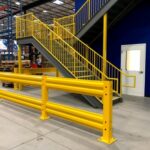


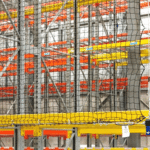

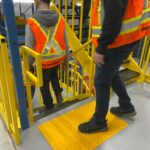
The benefits of increasing safety within a warehouse setting are numerous. Implementing safety measures and procedures can help reduce the risk of accidents and injuries, which can result in reduced workers’ compensation claims and insurance costs. It can also improve employee morale and productivity, as employees feel safe and valued in their work environment.
Although we strongly believe in being proactive when it comes to warehouse safety, warehouses are busy and fast-paced environments where accidents and injuries can happen at any time. The most common warehouse injuries include slips, trips, falls, back injuries, forklift accidents, and collisions with equipment or objects. Implementing safety measures and procedures within a warehouse can help prevent these accidents and injuries.
The team at Concept Storage solutions has lots of experience when it comes to implementing safety equipment with a warehouse storage system, conducting inspections and offering other solutions to help train your warehouse staff.


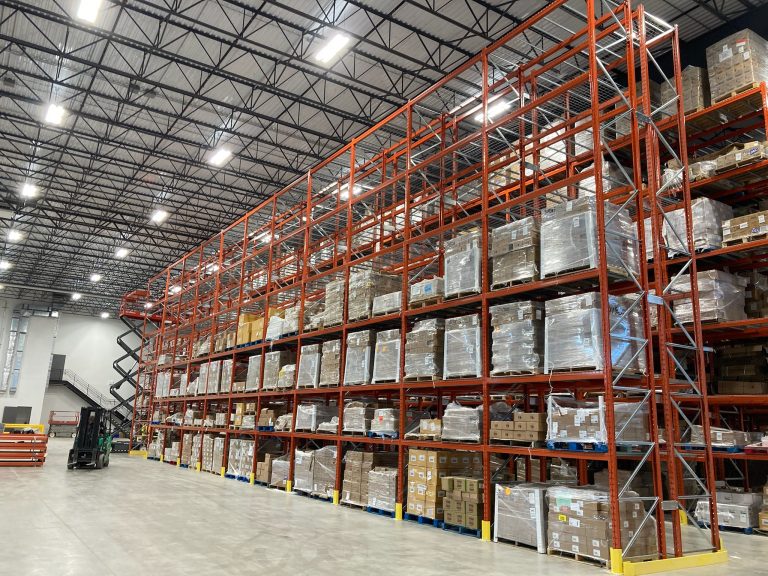
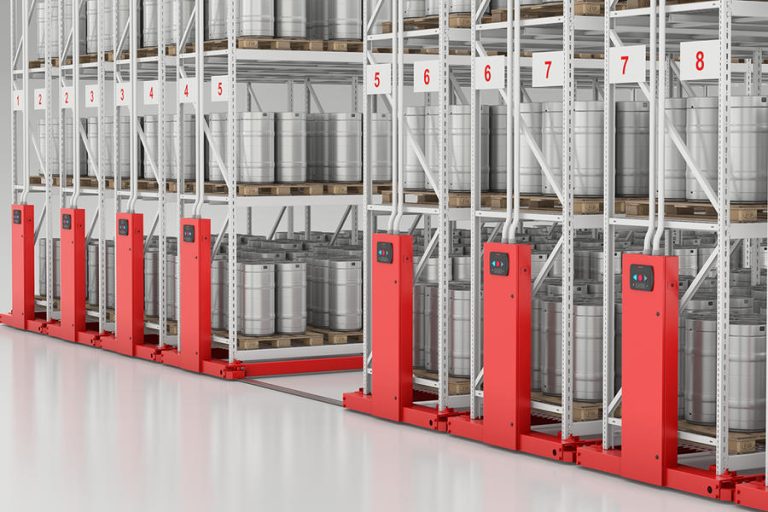
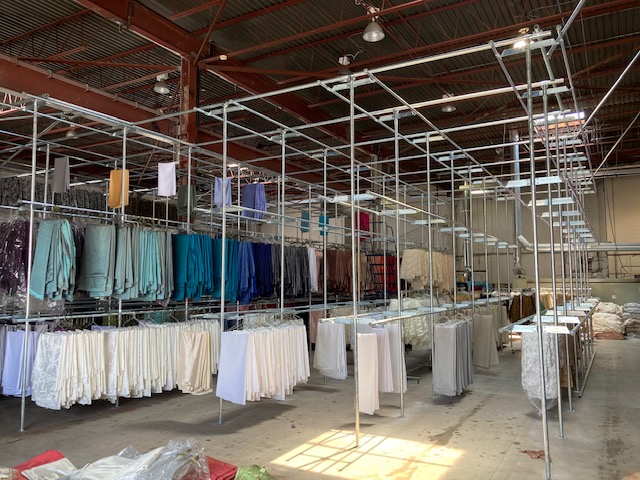
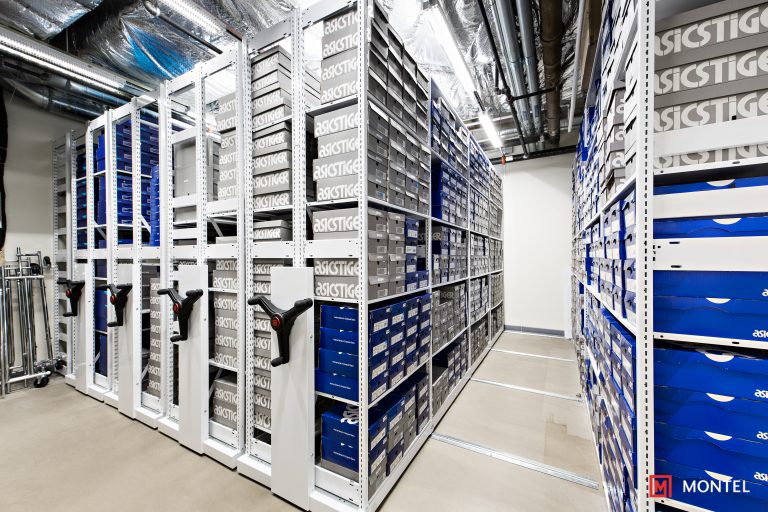




 by
by 